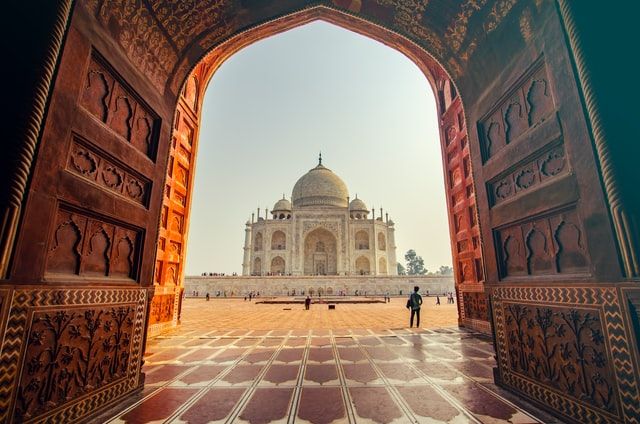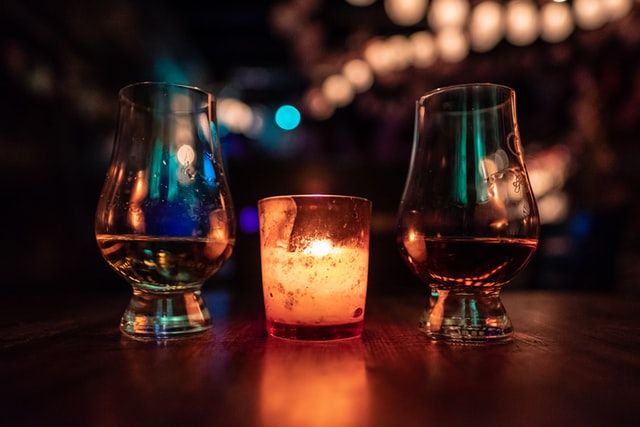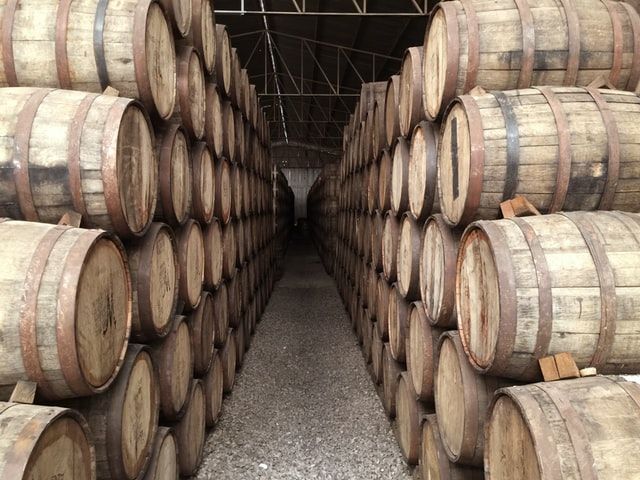An introduction to Indian whisky

In today's Newsletter, I will introduce you to the world of Indian whisky.
Whisky is very popular in India. According to figures, consumption of whisky in India is among the highest in the world.
Blended Scotch whiskies are especially popular in India, with Johnny Walker being a particular favourite.
However, India also produces a lot of its own whisky. This may come as a surprise to many.
India may not strike one as a natural home for whisky production. Even so, it has turned out some really fine whiskies.
Indian whiskies are also very popular within India, often being used in cocktails. The Indian consumer is generally happy to buy both foreign and domestic whiskies.

So what is Indian whisky really like?
There isn't one particular style, as such. However, there are often some common elements.
For example, unlike other whisky-making nations, Indian distilleries tend to use molasses-based distillates in producing their whiskies. This is the sort of thing that one would expect in the making of rum, rather than in a whisky. As a result, outside of India, such Indian whiskies tend not to be recognised as "whisky".
Some Indian malt whiskies exist, though. Here are some notable examples, from two of India's best known distilleries, Amrut and Paul John:
First is the Amrut Single Malt. This whisky has won praise from many quarters. However, I am not at all a fan. I'm not quite sure why, but I just don't get this one. I found it quite overpowering on the nose, and it did nothing at all for me on the palate. I've relegated the bottle to the back of the cabinet. Maybe I should try it again. Perhaps it's due a reprieve, one final chance to impress.
Next is the Amrut Fusion. This award-winning whisky is actually a combination of Scottish peated malt with Indian barley. It is rather lightly peated, and really good on the palate. Quite a lovely drink.
And here's another fine one: Paul John Brilliance Indian Single Malt Whisky. Do try it, and let me know what you think.

The maturation period
Indian malt whiskies tend not to be matured for as long as Scotch whiskies. It is typical to see maturation periods (for Indian whiskies) of between four to seven years. The main reason is the hot Indian climate. Four years in such a climate would mature the whisky faster than a similar period in, say, Scotland. The reduced time in the barrel also means that the barrel does not have such a strong impact on the flavour of the whisky.
Indian whisky outside India
Indian whiskies are also popular outside India. A few years ago, there was a bit of drama because the Scotch Whisky Association was unhappy about the high volumes of Indian whisky being imported to the European Union. Their unhappiness stemmed from the fact that (as mentioned above), due to the way in which it is made, Indian whisky does not meet the strict test for "whisky". However, this fact has not deterred the lovers of Indian whisky; its popularity continues to grow.
I hoped you enjoyed this Newsletter about Indian whisky. Before I sign off, here's one more for you to try: Rampur Double Cask Indian Single Malt Whisky. Do let me know what you think of it.
As always, feel free to share this Newsletter with anyone who likes whisky, and stories of whisky.